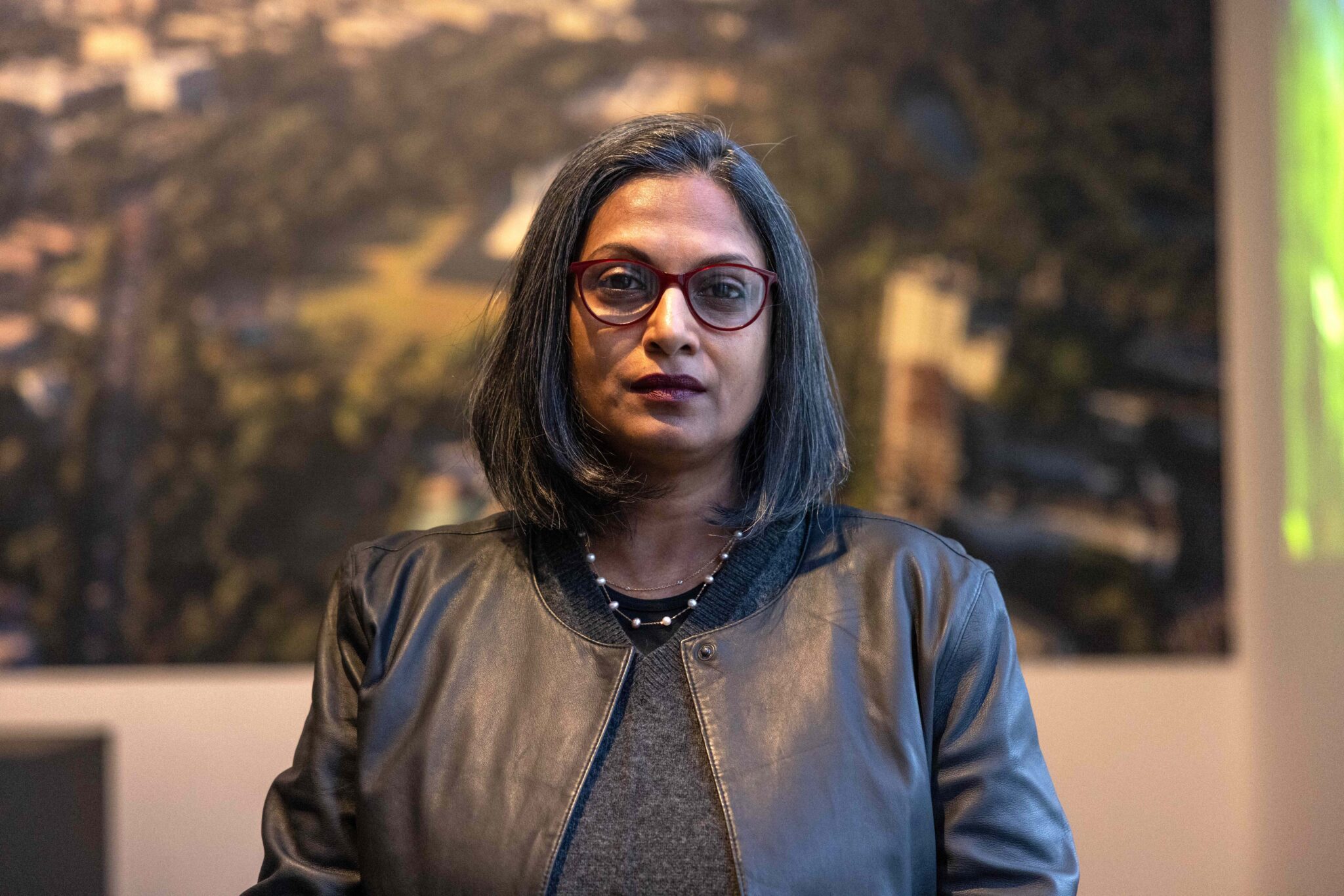
I am still in wonderment at how ignorant I am about South East Asia. One would think that someone born and raised on the Pacific Rim would have a head start on the vast realm of eastern Asia. Yes, as a landscape architect I studied Japanese and Chinese gardens – all very esoteric. Yes, I have studied tropical vegetation – all very scientific. Yes, I have lived on the Pacific coast of the United States with a large Asian population, and yes, I do have a vague idea of the cultural differences between the Chinese, Koreans, Japanese, Filipinos etcetera – all very misdirected. But when I arrived at my first Asian destination, Singapore, last May, it was like being hit broadside with a plank of wood.
Where do I start with the generosity and intelligence of Singaporeans? The airport looks like the advertisement for Singapore Airlines: here what is promised is what you get. Walk outside and the temperature hits you. It’s hot and humid: for once the body was in exact equilibrium; there was no difference between what my body felt inside and out. Clothing was only a cultural convention.
The drive into town from the airport is lined by the most majestic rain trees, their huge spans arching over three lanes of traffic on both sides. They do not seem pruned to oblivion as in most Western cities, but left to develop their own generous dimensions. They are covered with ferns and epiphytes (air-fed plants) and at their base there are flowering shrubs of vivid colors. Every bridge that arched over the drive was also covered in exuberant vegetation; pink, fuschia and orange bougainvillea abound. Everything looked so loved and cared for, and this was only the airport drive.
Once established in a hotel I started to walk. There is great variety between neighbourhoods, which have very different scales and house a very mixed population in China Town, Little India, Arab Street and the like. All are made up of small scale buildings that are juxtaposed against the modern high-rises of the financial and business districts. The variety of architecture ranges from historic colonial via Foster & Partners’ Supreme Court to Michael Wilford’s Esplanade performing arts centre. The sidewalks vary vastly, from 10 metres wide, engulfed and framed by richly diverse tropical vegetation, to less than a metre, where it is impossible to pass someone without stepping into the street.
There is an overall impression that one is constantly framed by luxurious, exuberant vegetation. Singapore proclaims itself ‘Garden City’, and this truly is the sense one has. The climate is ideal for plants, but more important is the extraordinary stewardship of the National Parks Board. Over the last 40 years it has planted and maintained every centimetre available, whether on the ground or suspended on decks or bridges. And this multi-level city has developed a cultural equivalent to the natural diversity of the native flora and fauna. A visit to the breathtaking botanical garden, the bird sanctuary or the wilderness zoo, any of which take over a half day to explore, will give one just a taste of what an extraordinary environment the Singaporeans have created.
The city is further enhanced by being largely car-free and by its extensive and efficient public transport system. Personal vehicles are frowned on and taxed out of reach of the largely middle class population. Singapore’s urbanization is a product of long-term planning with the majority of the population living in apartments, leaving the scarce land free for urban gardens, intense horticulture (orchid growing), pisciculture (tropical fish farms), national forest reserves and agriculture. Singaporeans are working and planning for a sustainable future; they seek to harness natural energy and capture monsoon rains in reservoirs for drinking water.
As I wandered the city alone many people helped me with directions and walked with me to visit sites that they liked. A definitive moment happened when someone offered me their business card. They held the card face up in both hands and presented it to me with a slight bow. In my tiny wooden head the light finally came on. Yes, I know about the traditional bow, but somehow and in some way I had relegated it to fantasy or history, a custom from another time. But this gesture of offering embodies the living culture underpinning Singaporean civilization. No wonder the city is beautiful – it is the product of a people that have a tradition of respect, humility and generosity.
Kathryn Gustafson is director of landscape architects Gustafson Porter, whose current projects include Old Market Square in Nottingham
AT176/March 07 p104.














